Automatic station interference P-330BM
Despite the fact that the replacement of the R-330BM is already being received by the EW troops in its modification, or rather, in fact, the new product R-330BMV, this station is still relevant.
R-330BM - station of the leading edge. Its main task is to counter radio stations of the tactical command link and aviation likely opponent.
TSA is designed for automatic search, detection, direction finding, panoramic observation and location determination (when working in a paired pair) of radio emission sources in the 30 - 100 MHz band, as well as radio suppression of VHF radio links operating at fixed frequencies and with program reorganization of the working frequencies.
In fact, to date, the P-330BM has been part of the P-330M (“Mandate”) electronic warfare complex.
The complex P-330M could include the battalion control point RP-330КP “Reactor”, company control points Р-330КМБ (up to two) and automated interference stations VHF-band Р-330БМ and Р-934М, KV-band Р-378БМ.
Each of the stations can work both in coordination with the control point, and independently or together with a similar station as a slave / master.
Radio intelligence capabilities: in automatic mode, the time of determining the location of a radio emission source is 200-210 milliseconds.
The station works quite successfully with radio stations operating in the frequency hopping mode (program re-tuning of the operating frequency).
Radio intelligence.
Exploration band - up to 60 km.
The depth of reconnaissance of ground radio lines: in the HF range up to 40 km, in VHF - up to 30 km.
The range of reconnaissance when working against aviation radio links: in VHF - the range of army aviation (flight altitude from 200м) to 70 km, tactical aviation (flight altitude from 1000м) to 130 km.
Radio suppression
In the area of operation (60 km) of land radio lines: in the HF range up to 40 km, in VHF - up to 30 km.
Aviation radio links: in the VHF range up to 50 km, tactical aviation up to 125 km.
Opportunities for the number of suppressed targets are determined by the fact that up to 20 frequencies (or one frequency hopping frequency) can be assigned to one interference station, while 4 frequencies (or one frequency hopping frequency) are simultaneously suppressed.
The total deployment time (collapse) with the establishment of all types of communication is: the deployment of 90-120 minutes, the folding of 60-90 minutes.
Stations can operate in the following modes: autonomous, autonomous under the control point, mated pair, conjugate pair under the control point.
The main tasks performed by the station calculation:
- conducting radio prospecting, receiving data and issuing target indications to interference stations;
- determination of the location of radio emission sources;
- identification of communication centers and determination of their belonging;
- assignment of importance to the identified objects by the parameters of the carrier frequency and bearing;
- Target distribution of objects of radio suppression and the issuance of appropriate targeting on the TSA;
- suppression, assessment of efficiency, adjustment of target distribution based on the results of assessment of current efficiency, taking into account the discovery of new radio emission sources
Calculation - 4 person.
The operating frequency range of the interference station from 30 to 100 MHz is divided into three sub-bands: 30-45 MHz, 45-67 MHz, 67-100 MHz.
Transmitter power - 1 kW.
The number of simultaneously serviced targets during suppression is up to 6.
The diesel generator that powers the station, in contrast to the "Resident" domestic.
A feature of the P-330BM is the ability to work on a roof antenna, without deploying the main antenna complex in motion or during short stops. The range of work at the same time is significantly reduced, but the gain is due to efficiency.
P-330BM - a reliable shield of the front edge, capable of both upsetting the control of the enemy by his units, and depriving the communications of the enemy's aircraft when approaching the area of application.
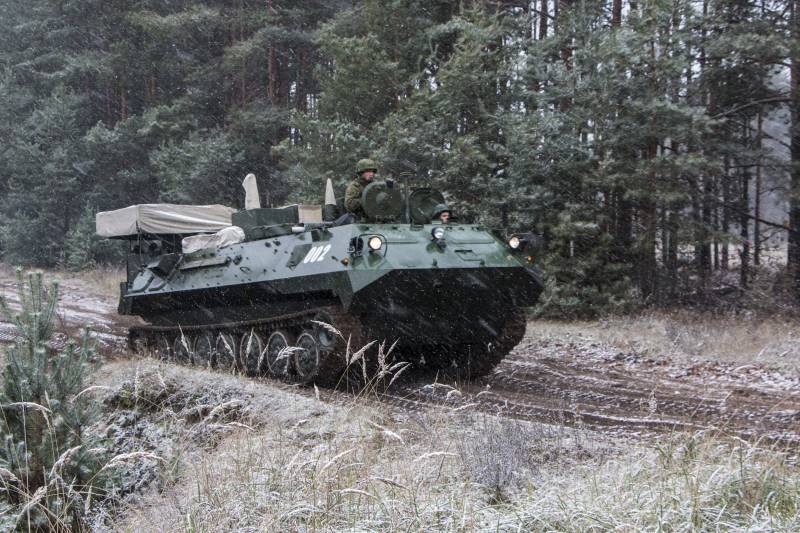
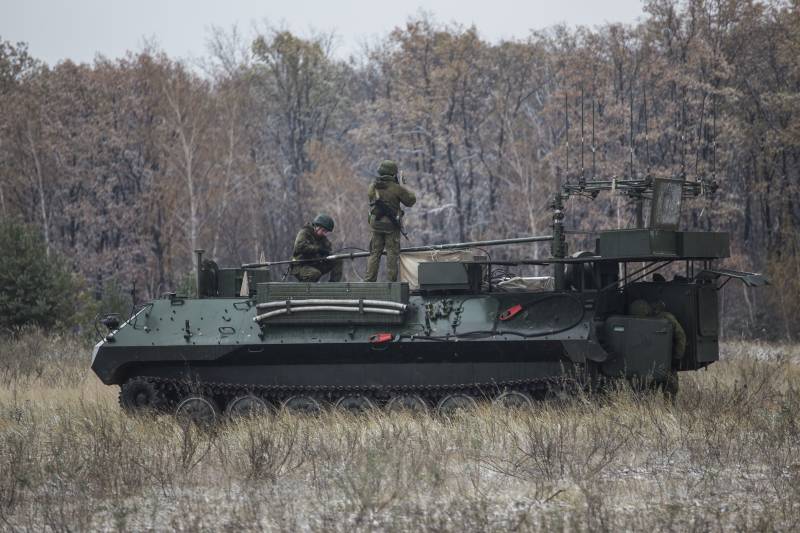
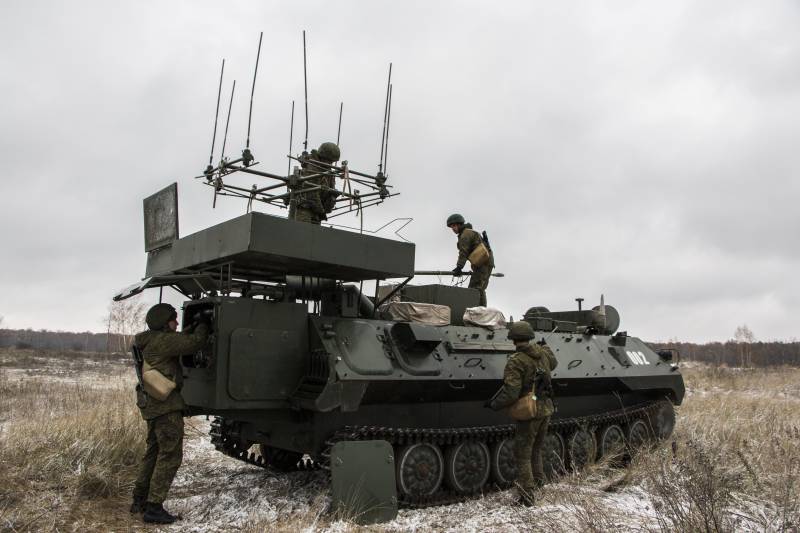
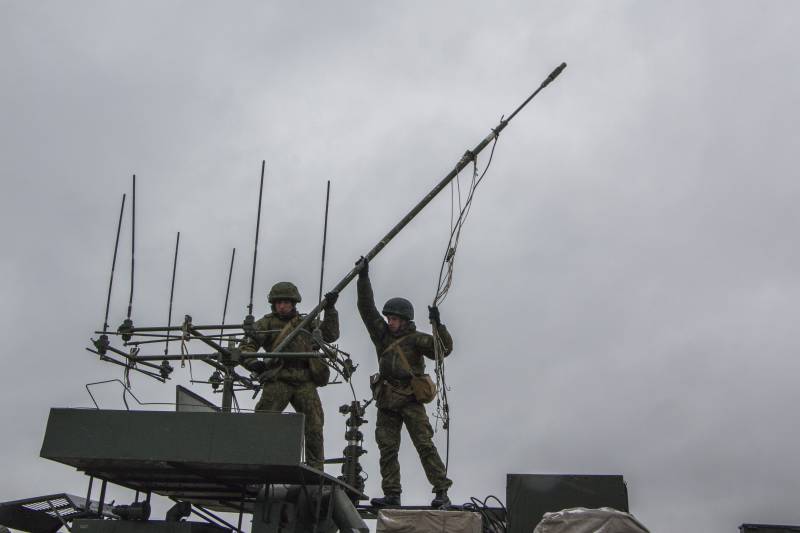
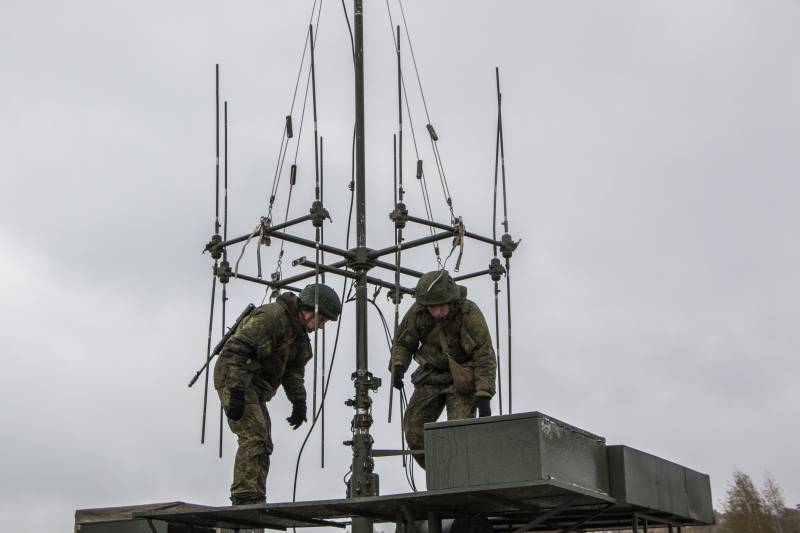
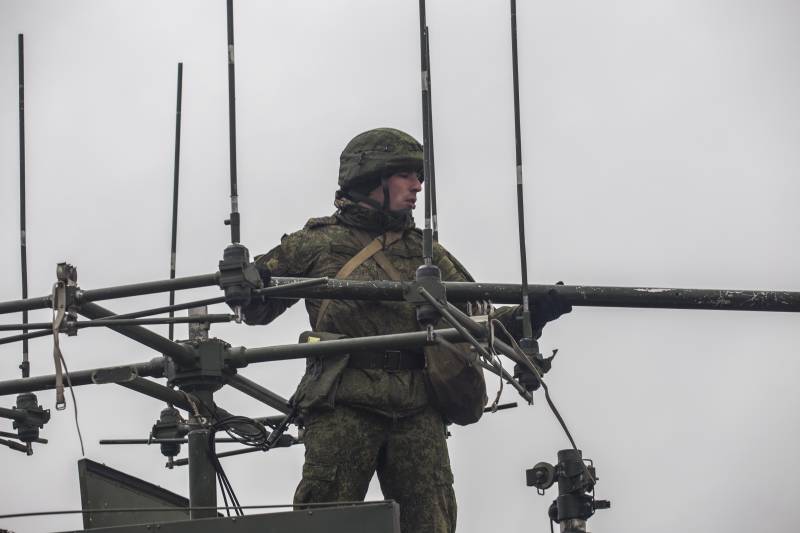
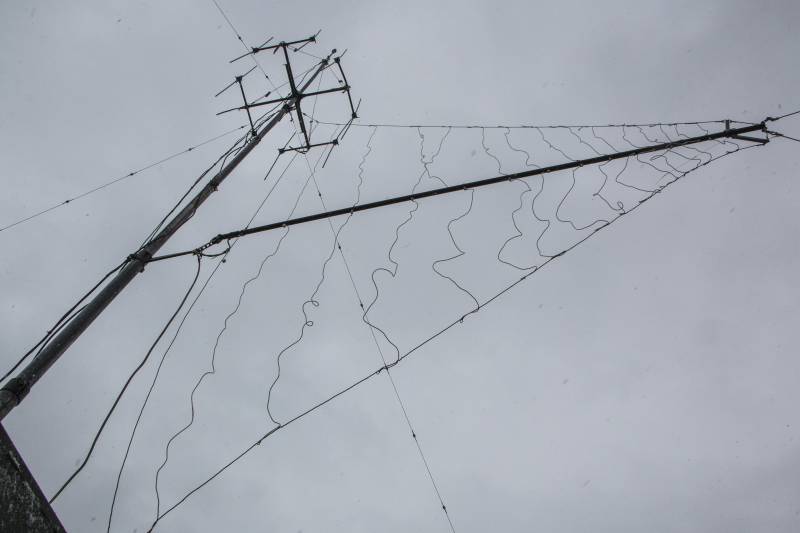
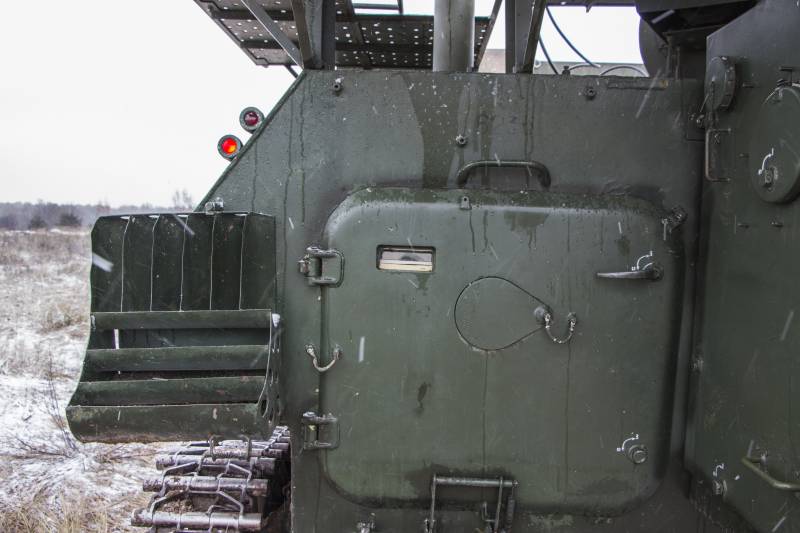
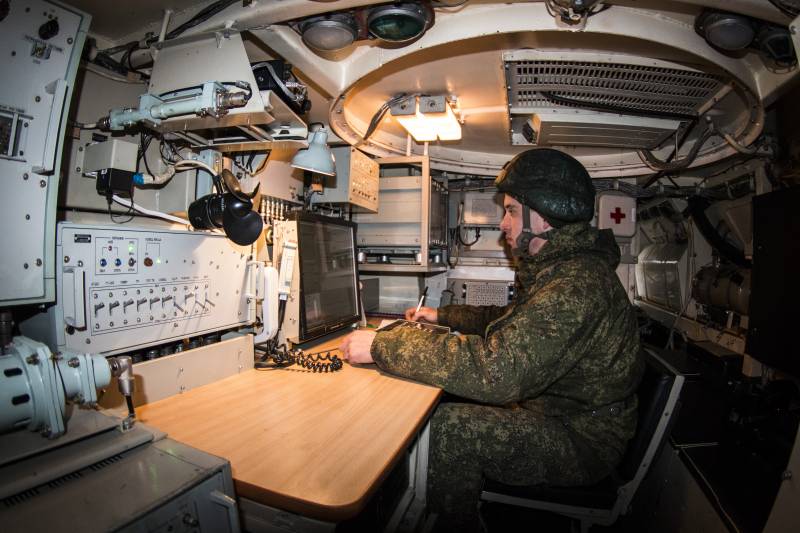
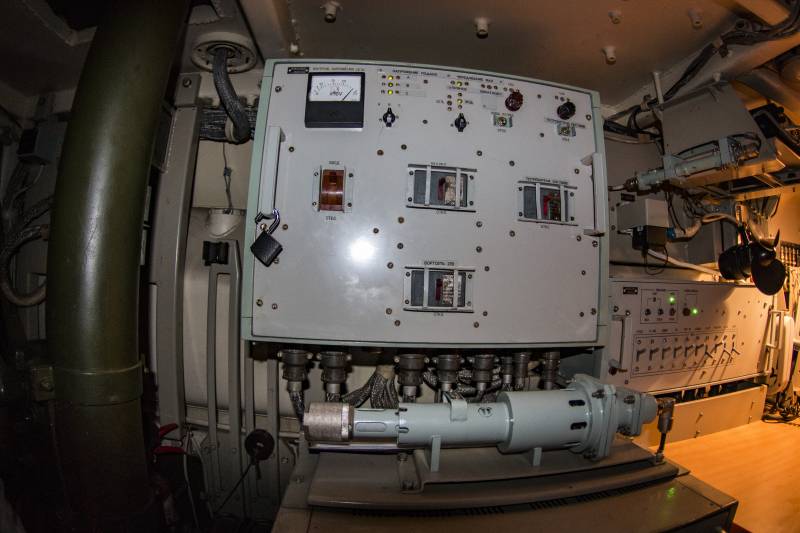
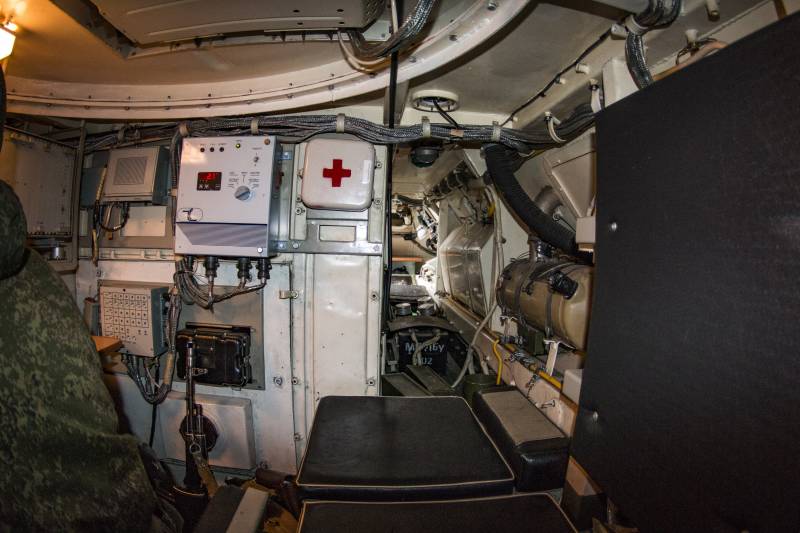
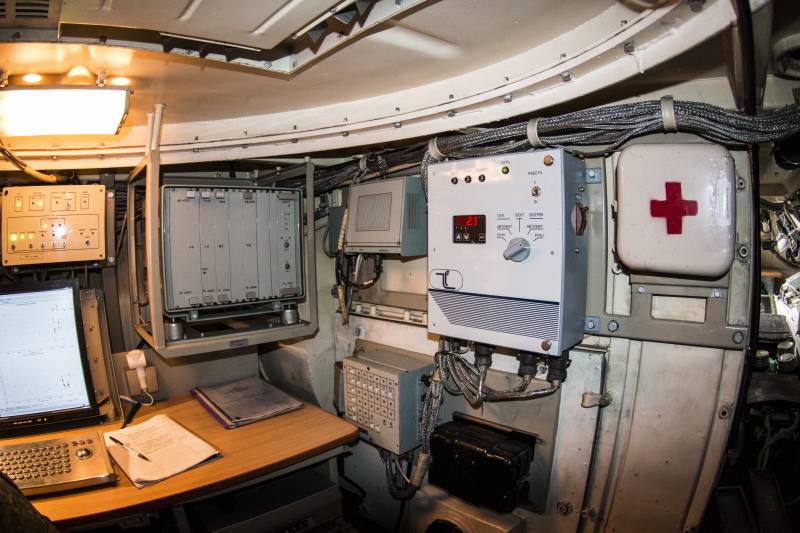
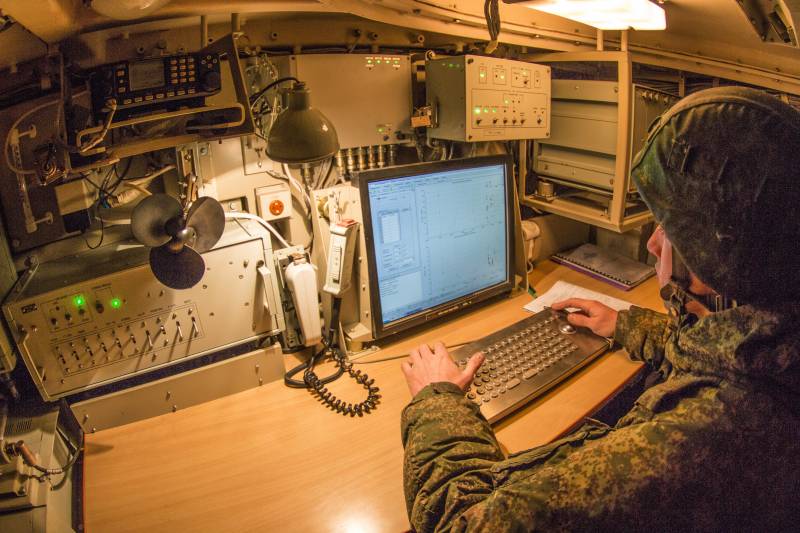
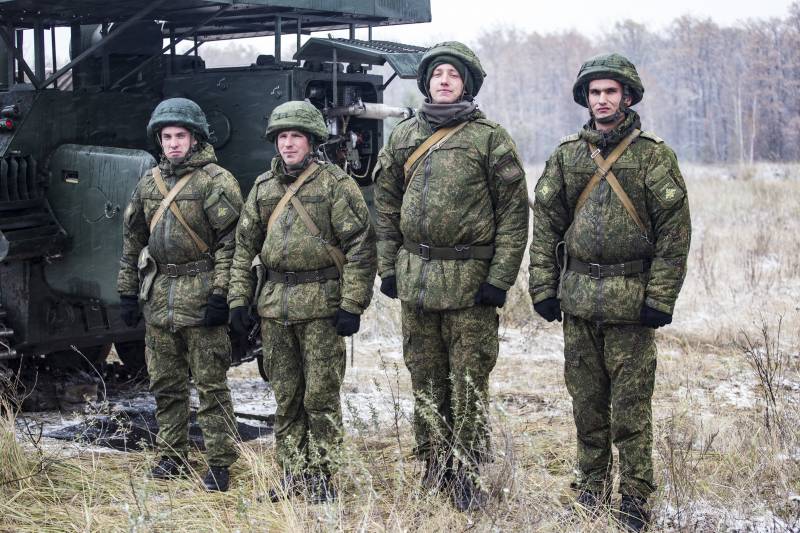
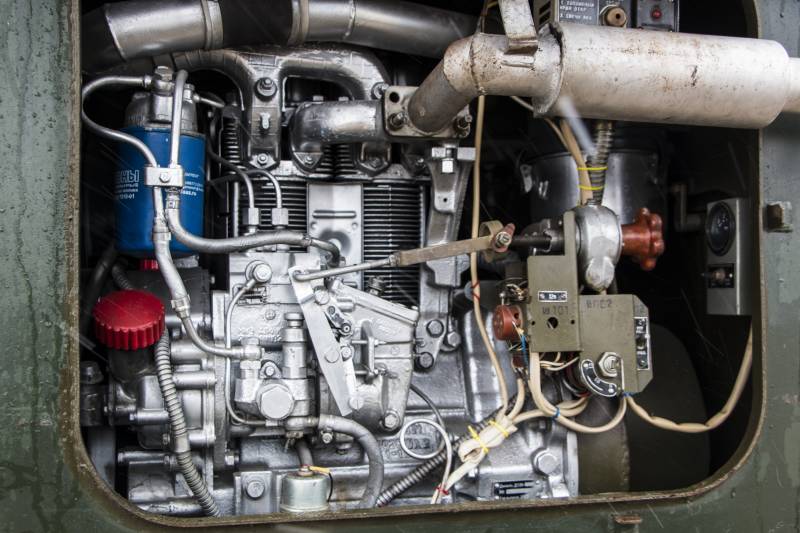
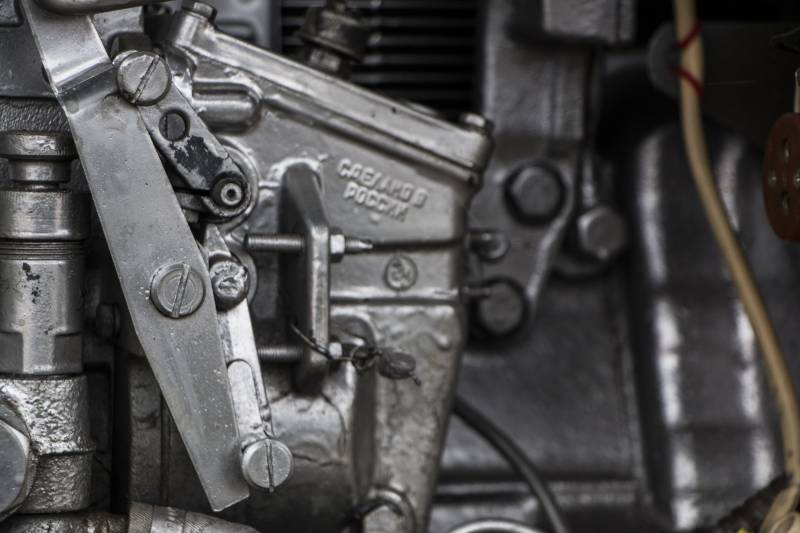
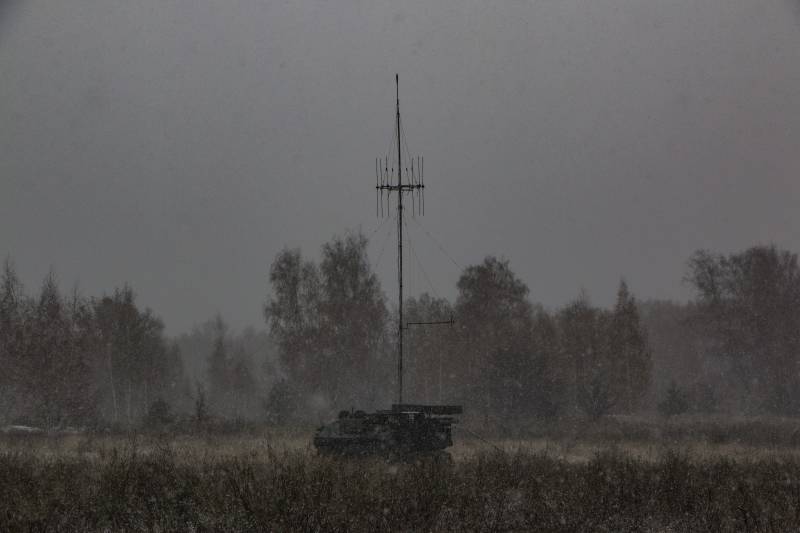
Information